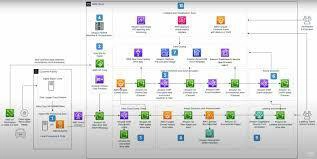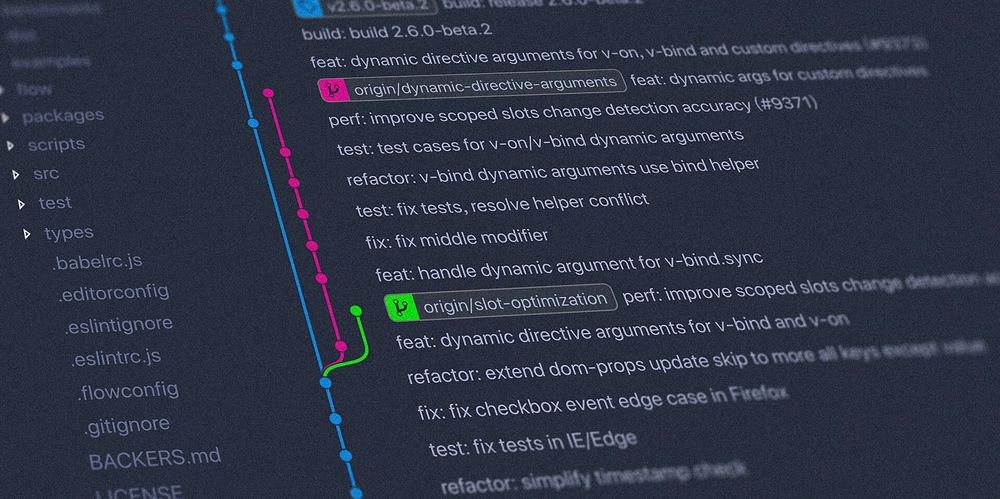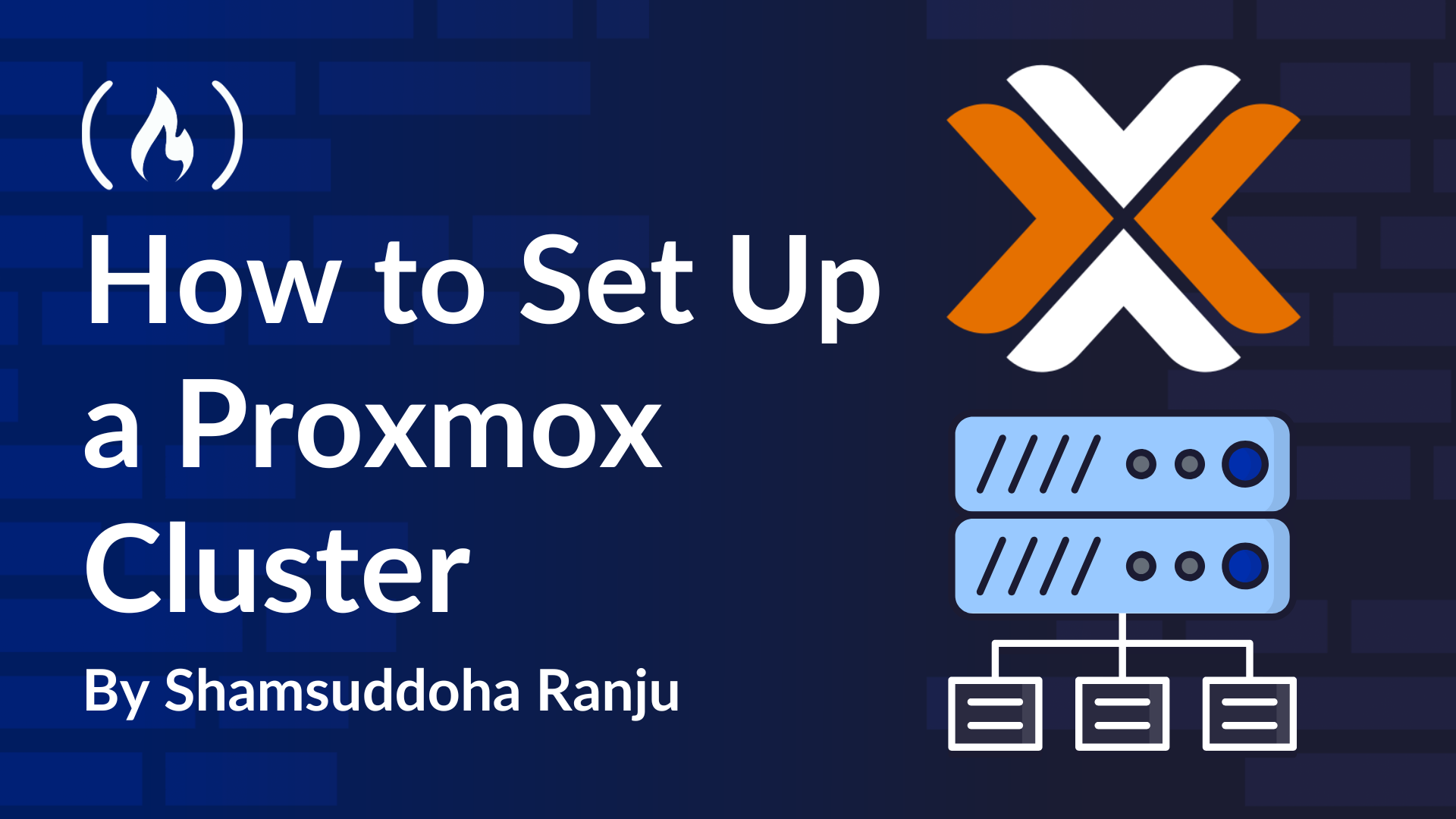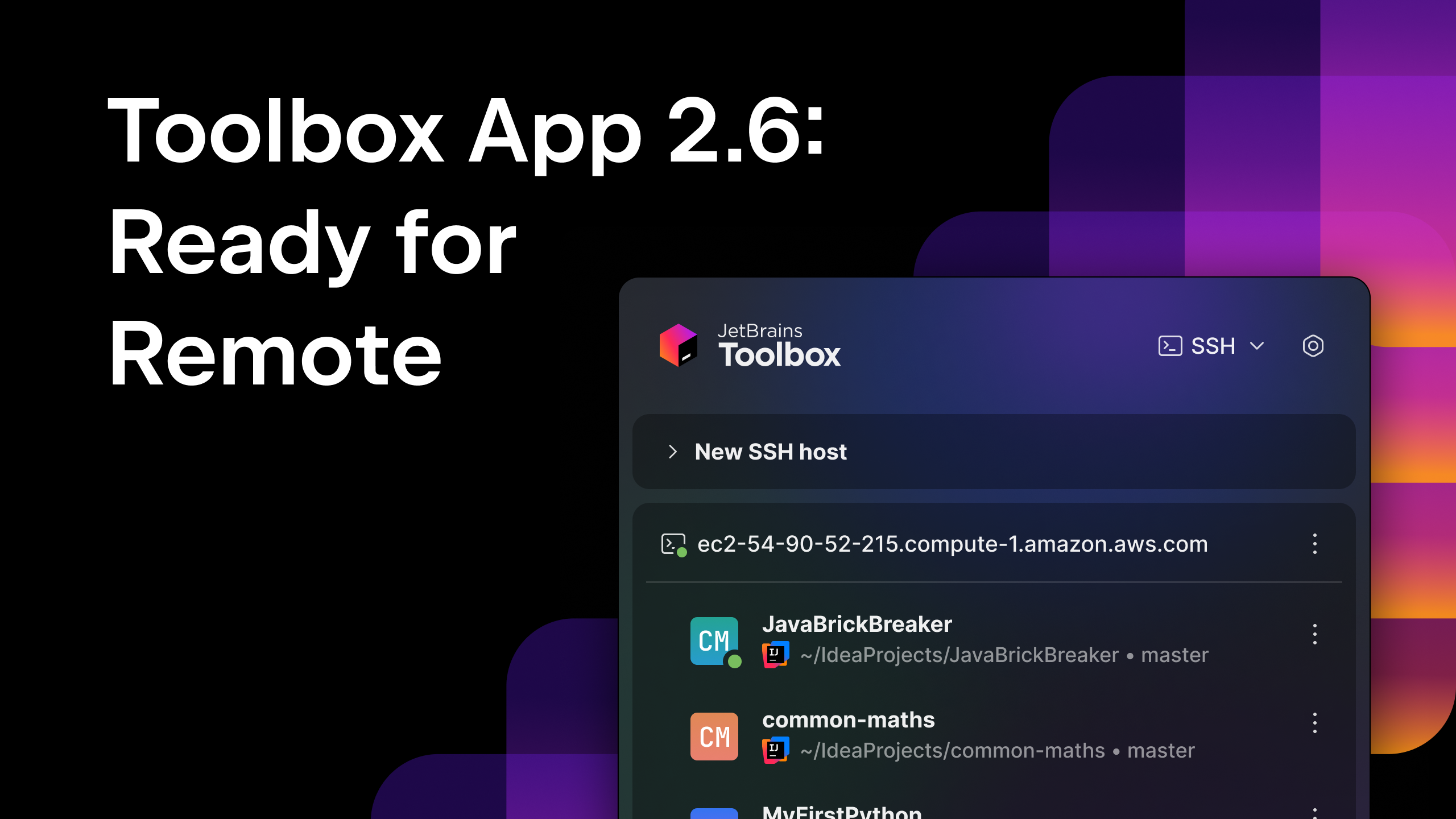Architecting on AWS: Building Resilient, High-Performing Cloud Infrastructures
Introduction Architecting on AWS is more than just deploying resources; it's the art and science of designing robust, secure, scalable, and cost-effective solutions within the Amazon Web Services cloud ecosystem. As businesses increasingly migrate workloads and build new applications in the cloud, understanding the core principles of AWS architecture is paramount. This guide provides a foundational overview of what it means to architect on AWS and why it's crucial for success in the cloud. What Does Architecting on AWS Entail? At its core, architecting on AWS involves making informed decisions about which AWS services to use, how to configure them, and how they interact to meet specific technical and business requirements. It requires a deep understanding of: AWS Services: Knowing the capabilities, limitations, and use cases for foundational services like compute (EC2, Lambda), storage (S3, EBS), networking (VPC, Route 53), databases (RDS, DynamoDB), security (IAM, KMS), and more. Design Principles: Applying best practices for building systems that are reliable, performant, secure, and operationally excellent. Trade-offs: Balancing factors like cost, performance, complexity, and time-to-market. Why is Effective AWS Architecture So Important? Poorly architected solutions can lead to performance bottlenecks, security vulnerabilities, unexpected costs, and operational headaches. Conversely, a well-architected AWS environment delivers significant benefits: Scalability & Elasticity: Design systems that can automatically scale up or down based on demand, ensuring performance during peak loads and cost savings during quiet periods. High Availability & Reliability: Build fault-tolerant applications that can withstand component failures, minimizing downtime and ensuring business continuity. Security: Implement robust security measures at every layer, leveraging AWS security services and best practices to protect data and infrastructure. Cost Optimization: Select the right services, pricing models (On-Demand, Reserved Instances, Spot), and configurations to achieve business goals without overspending. Performance Efficiency: Choose appropriate resource types and locations, and design architectures that deliver optimal speed and responsiveness. Operational Excellence: Create systems that are easy to monitor, manage, automate, and evolve over time. Key Pillars: The AWS Well-Architected Framework AWS provides the Well-Architected Framework as a guide to building secure, high-performing, resilient, and efficient infrastructure. Mastering architecting on AWS often involves deeply understanding these five pillars: Operational Excellence: Running and monitoring systems to deliver business value and continually improve supporting processes and procedures. (Keywords: automation, monitoring, infrastructure as code) Security: Protecting information, systems, and assets while delivering business value through risk assessments and mitigation strategies. (Keywords: IAM, data protection, incident response) Reliability: Ensuring a workload performs its intended function correctly and consistently when expected. This includes the ability to operate and test the workload through its total lifecycle. (Keywords: fault tolerance, disaster recovery, backups) Performance Efficiency: Using IT and computing resources efficiently to meet system requirements and maintain that efficiency as demand changes and technologies evolve. (Keywords: resource selection, monitoring, optimization) Cost Optimization: Running systems to deliver business value at the lowest price point. (Keywords: cost-aware design, expenditure analysis, pricing models) Foundational AWS Services for Architects While AWS offers hundreds of services, a solid understanding of the following is crucial for effective architecting on AWS: Compute: Amazon EC2 (virtual servers), AWS Lambda (serverless compute), ECS/EKS (containers). Storage: Amazon S3 (object storage), Amazon EBS (block storage for EC2), Amazon EFS (file storage). Networking: Amazon VPC (isolated network environments), Route 53 (DNS), Elastic Load Balancing (traffic distribution), CloudFront (CDN). Databases: Amazon RDS (relational databases), Amazon DynamoDB (NoSQL database), ElastiCache (in-memory caching). Security & Identity: AWS IAM (identity and access management), AWS KMS (key management), Security Hub. Management & Governance: CloudWatch (monitoring), CloudFormation (infrastructure as code), AWS Organizations. Common Architectural Patterns on AWS Architects often leverage established patterns: Multi-tier Web Applications: Separating presentation, application logic, and data layers using services like ELB, EC2/Auto Scaling Groups, and RDS. Serverless Architectures: Building applications using Lambda, API Gateway, S3, and DynamoDB, reducing operational overhead. Microservices: Decoupling application components into in

Introduction
Architecting on AWS is more than just deploying resources; it's the art and science of designing robust, secure, scalable, and cost-effective solutions within the Amazon Web Services cloud ecosystem. As businesses increasingly migrate workloads and build new applications in the cloud, understanding the core principles of AWS architecture is paramount. This guide provides a foundational overview of what it means to architect on AWS and why it's crucial for success in the cloud.
What Does Architecting on AWS Entail?
At its core, architecting on AWS involves making informed decisions about which AWS services to use, how to configure them, and how they interact to meet specific technical and business requirements. It requires a deep understanding of:
- AWS Services: Knowing the capabilities, limitations, and use cases for foundational services like compute (EC2, Lambda), storage (S3, EBS), networking (VPC, Route 53), databases (RDS, DynamoDB), security (IAM, KMS), and more.
- Design Principles: Applying best practices for building systems that are reliable, performant, secure, and operationally excellent.
- Trade-offs: Balancing factors like cost, performance, complexity, and time-to-market.
Why is Effective AWS Architecture So Important?
- Poorly architected solutions can lead to performance bottlenecks, security vulnerabilities, unexpected costs, and operational headaches. Conversely, a well-architected AWS environment delivers significant benefits:
- Scalability & Elasticity: Design systems that can automatically scale up or down based on demand, ensuring performance during peak loads and cost savings during quiet periods.
- High Availability & Reliability: Build fault-tolerant applications that can withstand component failures, minimizing downtime and ensuring business continuity.
- Security: Implement robust security measures at every layer, leveraging AWS security services and best practices to protect data and infrastructure.
- Cost Optimization: Select the right services, pricing models (On-Demand, Reserved Instances, Spot), and configurations to achieve business goals without overspending.
- Performance Efficiency: Choose appropriate resource types and locations, and design architectures that deliver optimal speed and responsiveness.
- Operational Excellence: Create systems that are easy to monitor, manage, automate, and evolve over time.
Key Pillars: The AWS Well-Architected Framework
AWS provides the Well-Architected Framework as a guide to building secure, high-performing, resilient, and efficient infrastructure. Mastering architecting on AWS often involves deeply understanding these five pillars:
- Operational Excellence: Running and monitoring systems to deliver business value and continually improve supporting processes and procedures. (Keywords: automation, monitoring, infrastructure as code)
- Security: Protecting information, systems, and assets while delivering business value through risk assessments and mitigation strategies. (Keywords: IAM, data protection, incident response)
- Reliability: Ensuring a workload performs its intended function correctly and consistently when expected. This includes the ability to operate and test the workload through its total lifecycle. (Keywords: fault tolerance, disaster recovery, backups)
- Performance Efficiency: Using IT and computing resources efficiently to meet system requirements and maintain that efficiency as demand changes and technologies evolve. (Keywords: resource selection, monitoring, optimization)
- Cost Optimization: Running systems to deliver business value at the lowest price point. (Keywords: cost-aware design, expenditure analysis, pricing models)
Foundational AWS Services for Architects
While AWS offers hundreds of services, a solid understanding of the following is crucial for effective architecting on AWS:
Compute: Amazon EC2 (virtual servers), AWS Lambda (serverless compute), ECS/EKS (containers).
Storage: Amazon S3 (object storage), Amazon EBS (block storage for EC2), Amazon EFS (file storage).
Networking: Amazon VPC (isolated network environments), Route 53 (DNS), Elastic Load Balancing (traffic distribution), CloudFront (CDN).
Databases: Amazon RDS (relational databases), Amazon DynamoDB (NoSQL database), ElastiCache (in-memory caching).
Security & Identity: AWS IAM (identity and access management), AWS KMS (key management), Security Hub.
Management & Governance: CloudWatch (monitoring), CloudFormation (infrastructure as code), AWS Organizations.
Common Architectural Patterns on AWS
Architects often leverage established patterns:
Multi-tier Web Applications: Separating presentation, application logic, and data layers using services like ELB, EC2/Auto Scaling Groups, and RDS.
Serverless Architectures: Building applications using Lambda, API Gateway, S3, and DynamoDB, reducing operational overhead.
Microservices: Decoupling application components into independent services, often using containers (ECS/EKS) or Lambda.
Data Lakes & Analytics: Utilizing S3, Glue, Athena, Redshift, and Kinesis for storing and analyzing large datasets.
Getting Started with Architecting on AWS
Learning to architect effectively on AWS is a journey. Key steps include:
Explore AWS Documentation: The official documentation is comprehensive and invaluable.
Hands-on Practice: Use the AWS Free Tier or personal accounts to experiment and build small projects.
Study the Well-Architected Framework: Internalize its principles and best practices.
Consider Training & Certifications: Formal training courses and certifications (like the AWS Certified Solutions Architect - Associate) provide structured learning paths.
Conclusion: The Strategic Value of AWS Architecture Skills
Mastering architecting on AWS is a critical skill in today's technology landscape. It empowers individuals and organizations to harness the full potential of the AWS cloud, building solutions that are not only functional but also scalable, resilient, secure, and cost-effective. By understanding core services, applying the Well-Architected Framework, and continuously learning, you can design cloud infrastructures that drive innovation and achieve business objectives. Start exploring, start building, and unlock the power of effective AWS architecture today.











































































































































































![[The AI Show Episode 144]: ChatGPT’s New Memory, Shopify CEO’s Leaked “AI First” Memo, Google Cloud Next Releases, o3 and o4-mini Coming Soon & Llama 4’s Rocky Launch](https://www.marketingaiinstitute.com/hubfs/ep%20144%20cover.png)





































































































































































































![Blue Archive tier list [April 2025]](https://media.pocketgamer.com/artwork/na-33404-1636469504/blue-archive-screenshot-2.jpg?#)
































.png?#)









-Baldur’s-Gate-3-The-Final-Patch---An-Animated-Short-00-03-43.png?width=1920&height=1920&fit=bounds&quality=70&format=jpg&auto=webp#)








































































































































![Apple to Split Enterprise and Western Europe Roles as VP Exits [Report]](https://www.iclarified.com/images/news/97032/97032/97032-640.jpg)
![Nanoleaf Announces New Pegboard Desk Dock With Dual-Sided Lighting [Video]](https://www.iclarified.com/images/news/97030/97030/97030-640.jpg)

![Apple's Foldable iPhone May Cost Between $2100 and $2300 [Rumor]](https://www.iclarified.com/images/news/97028/97028/97028-640.jpg)
































































































































